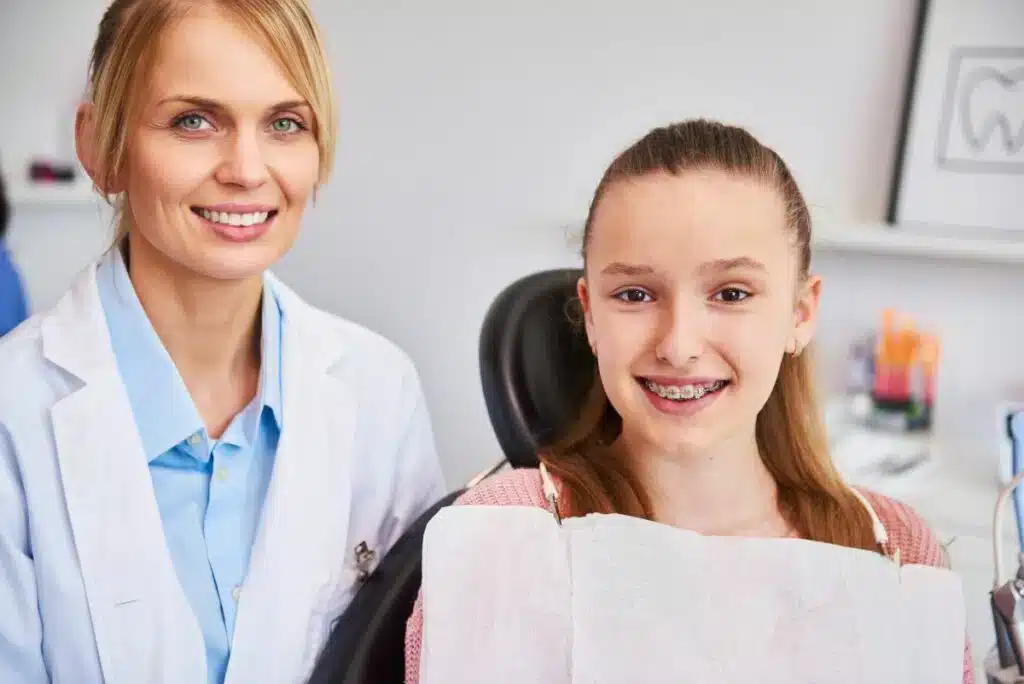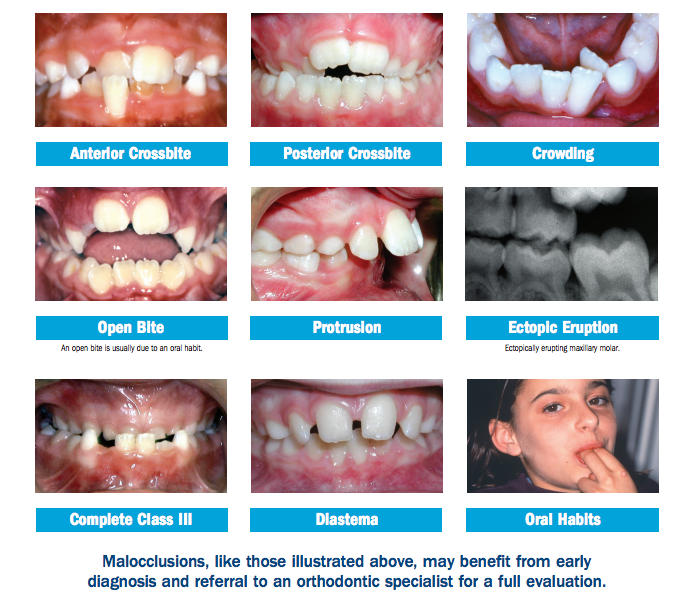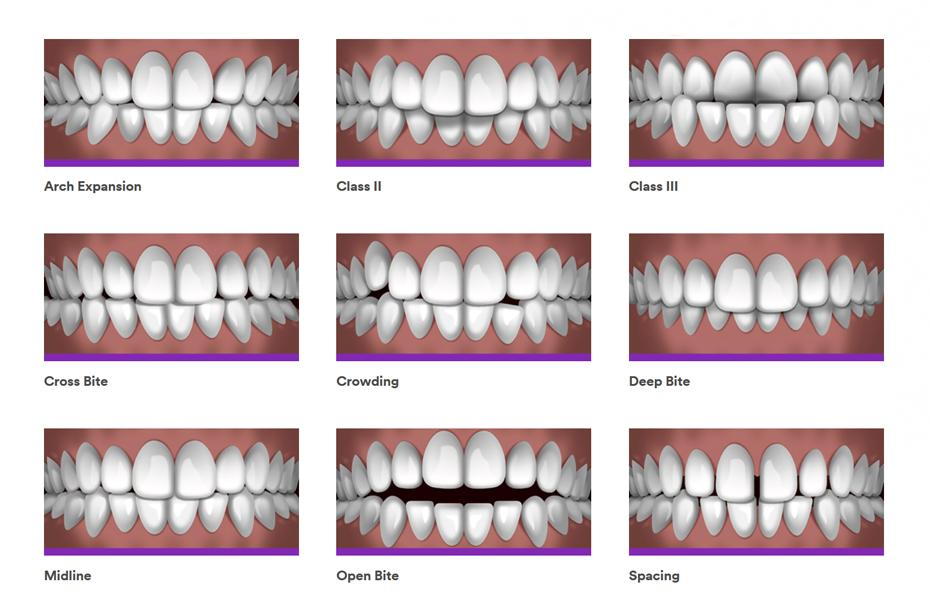Causey Orthodontics - An Overview
Causey Orthodontics - An Overview
Blog Article
All about Causey Orthodontics
Table of ContentsCausey Orthodontics - QuestionsFascination About Causey OrthodonticsMore About Causey OrthodonticsGetting The Causey Orthodontics To WorkThe 7-Second Trick For Causey Orthodontics
Neglecting occlusal connections, it was normal to remove teeth for a selection of dental concerns, such as malalignment or overcrowding. The concept of an intact dentition was not widely valued in those days, making bite relationships seem unnecessary. In the late 1800s, the principle of occlusion was important for developing trusted prosthetic substitute teeth.As these principles of prosthetic occlusion progressed, it ended up being an important tool for dental care. It remained in 1890 that the job and influence of Dr. Edwards H. Angle started to be felt, with his contribution to modern-day orthodontics especially noteworthy. At first concentrated on prosthodontics, he educated in Pennsylvania and Minnesota prior to guiding his focus towards dental occlusion and the therapies required to maintain it as a typical problem, thus coming to be recognized as the "papa of contemporary orthodontics".

The concept of ideal occlusion, as postulated by Angle and included into a classification system, enabled a change in the direction of dealing with malocclusion, which is any type of deviation from normal occlusion. Having a full collection of teeth on both arcs was extremely searched for in orthodontic treatment as a result of the demand for specific partnerships in between them.
Little Known Facts About Causey Orthodontics.
As occlusion ended up being the vital concern, face proportions and aesthetic appeals were disregarded - affordable orthodontist near me. To accomplish perfect occlusals without using exterior forces, Angle proposed that having perfect occlusion was the very best way to acquire maximum face aesthetic appeals. With the passing away of time, it ended up being quite apparent that even a phenomenal occlusion was not suitable when taken into consideration from an aesthetic factor of sight
It became evident that orthodontic therapy could change mandibular growth, bring about the formation of useful jaw orthopedics in Europe and extraoral pressure measures in the United States. Nowadays, both useful home appliances and extraoral devices are used around the world with the aim of amending development patterns and types. Consequently, going after true, or a minimum of enhanced, jaw relationships had become the main purpose of treatment by the mid-20th century.
The smart Trick of Causey Orthodontics That Nobody is Discussing
 Up until the mid-1970s, dental braces were made by covering steel around each tooth. https://youmagine.com/causeyortho7., it ended up being possible to rather bond steel braces to the teeth.
Up until the mid-1970s, dental braces were made by covering steel around each tooth. https://youmagine.com/causeyortho7., it ended up being possible to rather bond steel braces to the teeth.Andrews provided an insightful meaning of the suitable occlusion in irreversible teeth. This has actually had significant effects on orthodontic therapies that are administered routinely, and these are: 1. Proper interarchal connections 2. Proper crown angulation (idea) 3. Appropriate crown inclination (torque) 4. No turnings 5. Limited call factors 6. Apartment Contour of Spee (0.02.5 mm), and based on these concepts, he found a treatment system called the straight-wire home appliance system, or the pre-adjusted edgewise system.
The advantage of the layout depends on its bracket and archwire combination, which requires only marginal cord flexing from the orthodontist or clinician (best orthodontist). It's appropriately named after this feature: the angle of the slot and thickness of the bracket base ultimately establish where each tooth is positioned with little requirement for additional control
The Causey Orthodontics Statements
Both of these systems used the same brackets for each and every tooth and required the flexing of an archwire in 3 aircrafts for finding teeth in their wanted placements, with these bends determining ultimate positionings. When it pertains to orthodontic appliances, they are separated into two types: removable and repaired. Detachable home appliances can be taken on and off by the person as needed.

Thus, nearly all modern fixed devices can be considered variations on this edgewise device system. Early 20th-century orthodontist Edward Angle made a major payment to the world of dentistry. He produced four distinctive home appliance systems that have been utilized as the basis for numerous orthodontic therapies today, preventing a couple of exemptions.
Our Causey Orthodontics Statements

The cord ended in a thread, and to move it ahead, a flexible nut was used, which enabled a rise in area. By ligation, each specific tooth was attached to this large archwire (orthodontist expert). Due to its limited series of movement, Angle was not able to achieve precise tooth positioning with an E-arch
These tubes held a soldered pin, which can be rearranged at each consultation in order to relocate them in position. Dubbed the "bone-growing appliance", this device was theorized to urge healthier bone development because of its capacity for transferring pressure directly to the origins. Applying it proved troublesome in reality.
Report this page